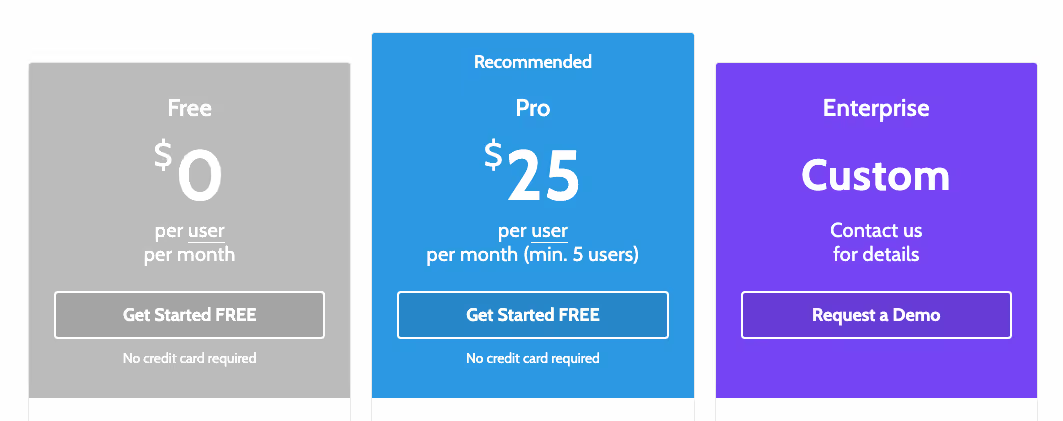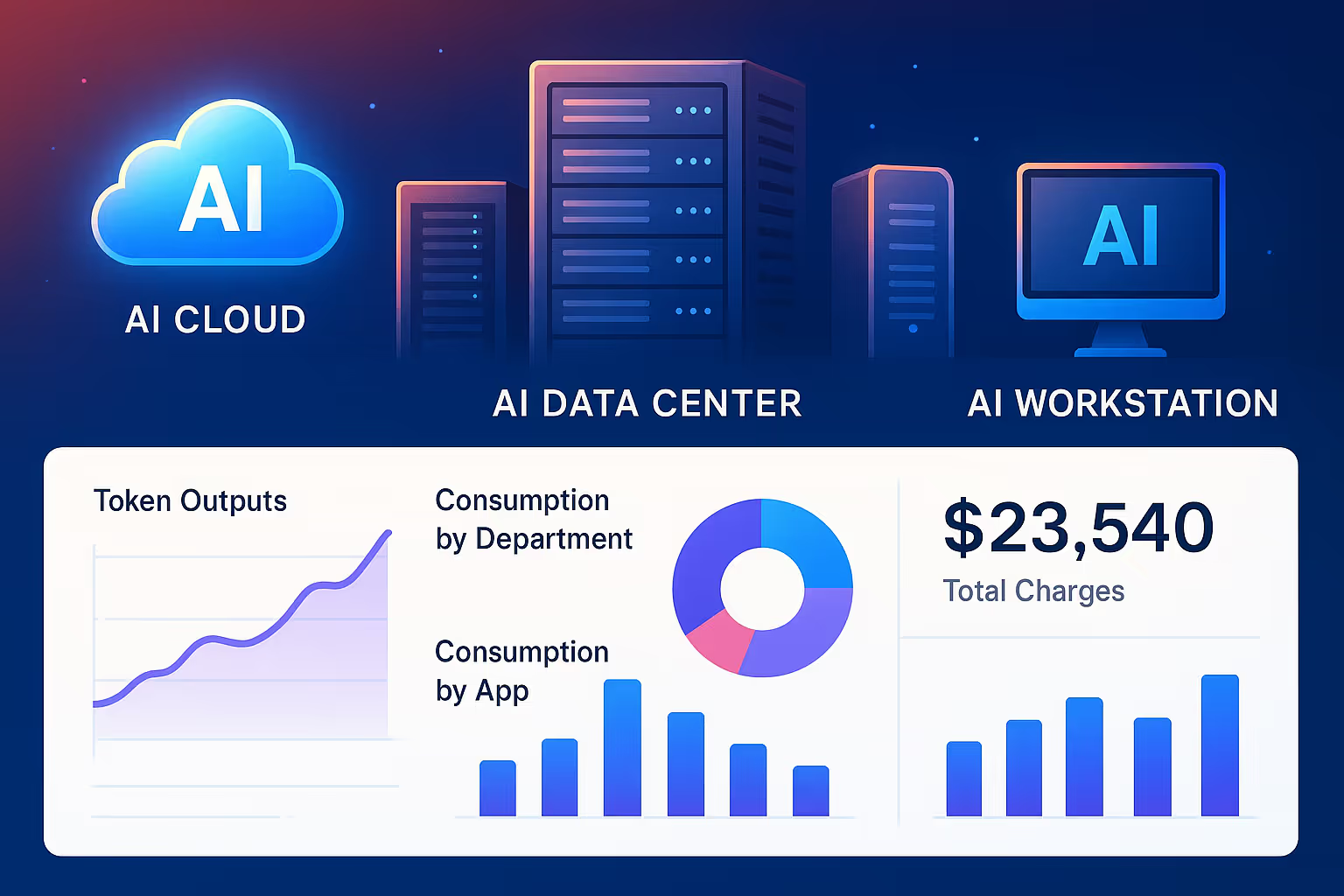
There are two main problems with this, which unfortunately is a very common user based subscription pricing model. It eventually traps the companies into a downward spiral of restricted growth, impeding and slowing revenue and adoption.
- User based Pricing is not scalable
If you are starting with a new product or company, user based subscription pricing seems like a no brainer. It is easy to put together. It does not require any fancy tooling to enable and operate, and does not require any deep pricing and underlying cost analysis. As long as the price sounds and looks reasonable (perhaps relative to what competitors might be doing) it passes the gut check of delivering healthy margins, it is put into production. It is important to note that user based subscription pricing disincentivize measuring and traction of actual usage and consumption of actual product use. There is no incentive to do so. Money is usually collected upfront, often not just month over month, but for the entire year or more, and once money is in the bag, there is not incentive to track actual use.
A 100 person company might be happy paying $25 per person per month for 5 users, however, a 100,000 person company will NOT want to pay $25 per person per month for 5,000 users. It will inevitably want “better” pricing. So that leads to the classic Enterprise → Custom plan. And despite best intentions, it ultimately becomes a death-knell for companies.
- User based Pricing leads to the dreaded - “call us” or “custom” model. It drags and slows the company down.
Most SaaS businesses today proudly list their Enterprise pricing plans as “Custom” or “Call us”. It is altruistic posture indicative of -
i) We know our per user pricing does not make sense for enterprises, therefore
ii) We will build a custom plan for you
The problem is, this very approach with time and more customers leads to a massive bloat in all aspects of business operations. Additional checks and balances, approvals, negotiations, back and forth, overheads in tracking, managing, maintaining custom plans, etc. all ultimately leading to slowing down business transactions and growth, and dialing up unhappy customers.
Usage-Based Pricing does not suffer from these self-destructive traits. The model scales from day-1 for small and large customers. The pricing plan is pegged to usage not users. Companies happily pay more if they use more. It eliminates all the unnecessary overhead and nuance with the user based model as described above.
Think back to how AWS and other Usage-Based Pricing model companies are able to go up market and win large enterprise accounts - pretty much, organically. Sales teams come in later into the accounts to incentivize usage (exploring new use cases, offering bulk buy or pre-pay discounts, etc.). The discussions are streamlined, clear and data backed. The discussions are value driven and the process itself drives consistency in terms of deals structure, which in turn drives operational efficiency across all functional areas of the company.





.svg)

